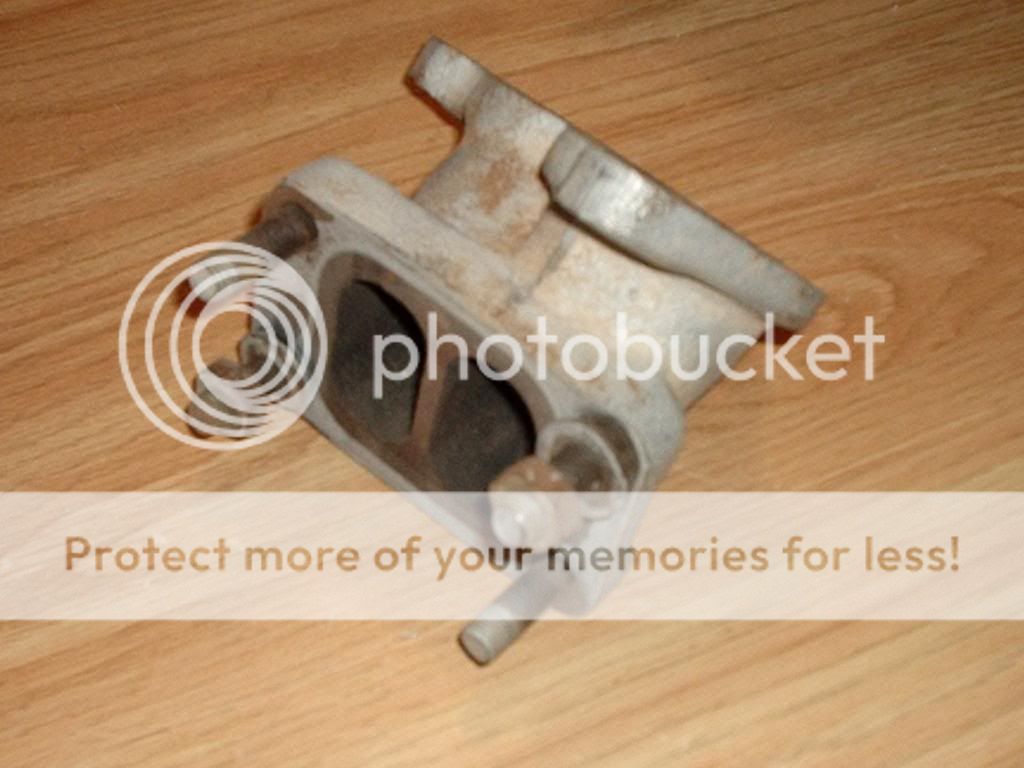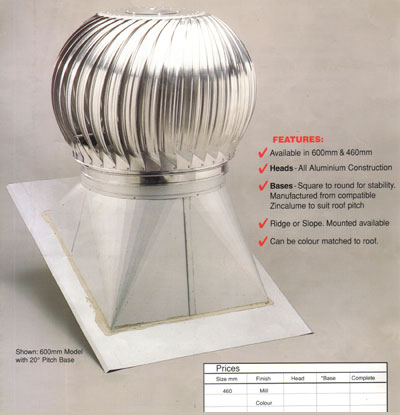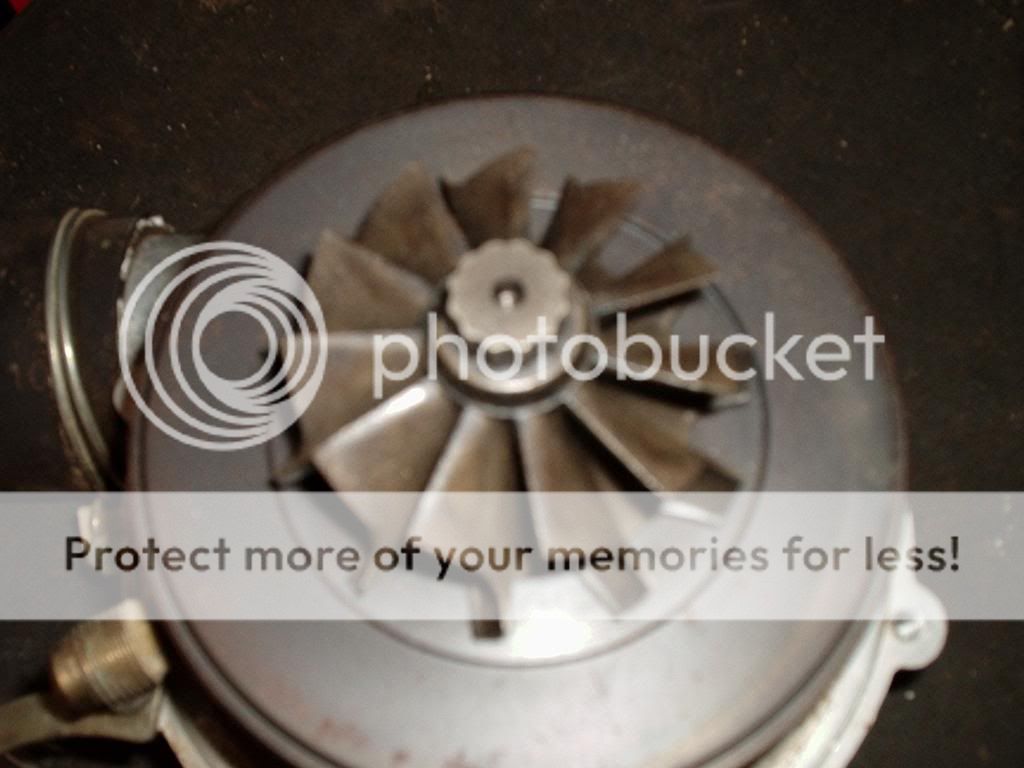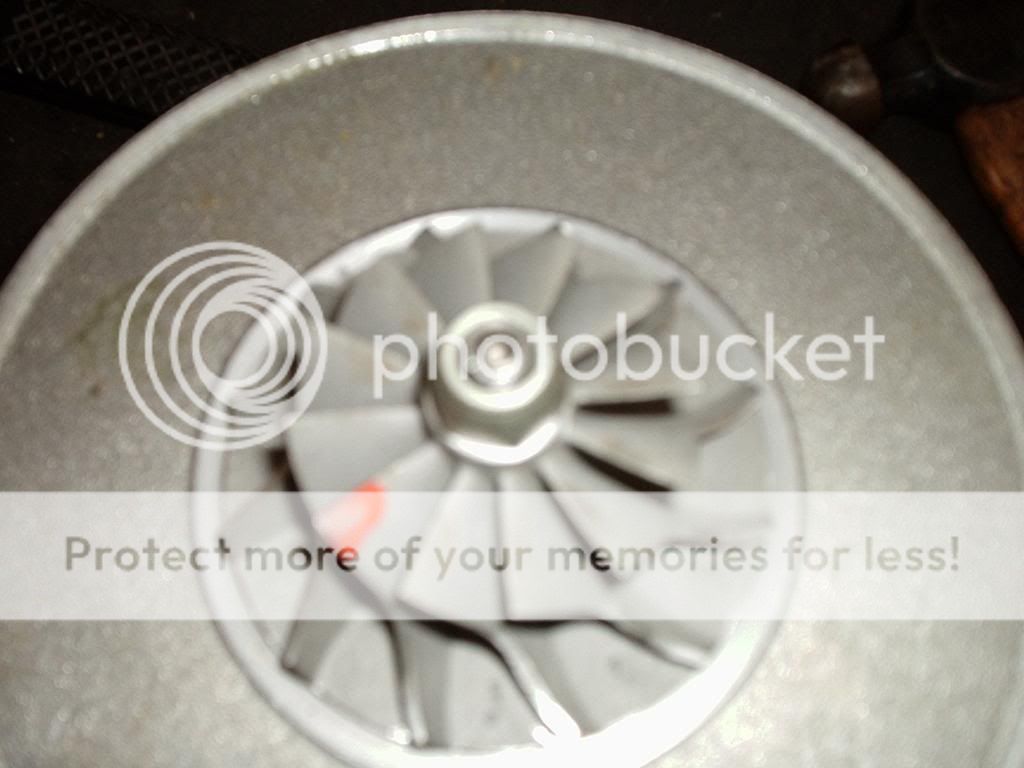Army of Six
Well-known member
My pontiac actually seems to run cooler with a turbo in the engine compartment vs. when i had a Vortech. im thinking mostly because the motor works less at cruise and idle vs. constantly having to turn the supercharger. but underhood temp havent been a problem for me either.
isnt a turbo more efficient closer to the motor? seems like ive learned that its the hot expanding exhaust gasses are what helps them spool and that you want heat in the turbo (hot side, not cold side). i know i get better spooling and more boost after driving it around for a while or the second time around when getting on it. with a rear mounted system seems like you would need a slightly smaller exhaust AR to compensate for the now colder more condensed exhaust gasses that have lost 100's of degrees in temperature.
im not trying to pee on your parade...i would just hate to see someone spends countless hours and dollars installing a rear mounted turbo, running all the tubing, engineering a robust oil pump return sytem only to barely see boost if any at all on the maiden test drive.
good luck and keep us posted with build pics!

isnt a turbo more efficient closer to the motor? seems like ive learned that its the hot expanding exhaust gasses are what helps them spool and that you want heat in the turbo (hot side, not cold side). i know i get better spooling and more boost after driving it around for a while or the second time around when getting on it. with a rear mounted system seems like you would need a slightly smaller exhaust AR to compensate for the now colder more condensed exhaust gasses that have lost 100's of degrees in temperature.
im not trying to pee on your parade...i would just hate to see someone spends countless hours and dollars installing a rear mounted turbo, running all the tubing, engineering a robust oil pump return sytem only to barely see boost if any at all on the maiden test drive.
good luck and keep us posted with build pics!














